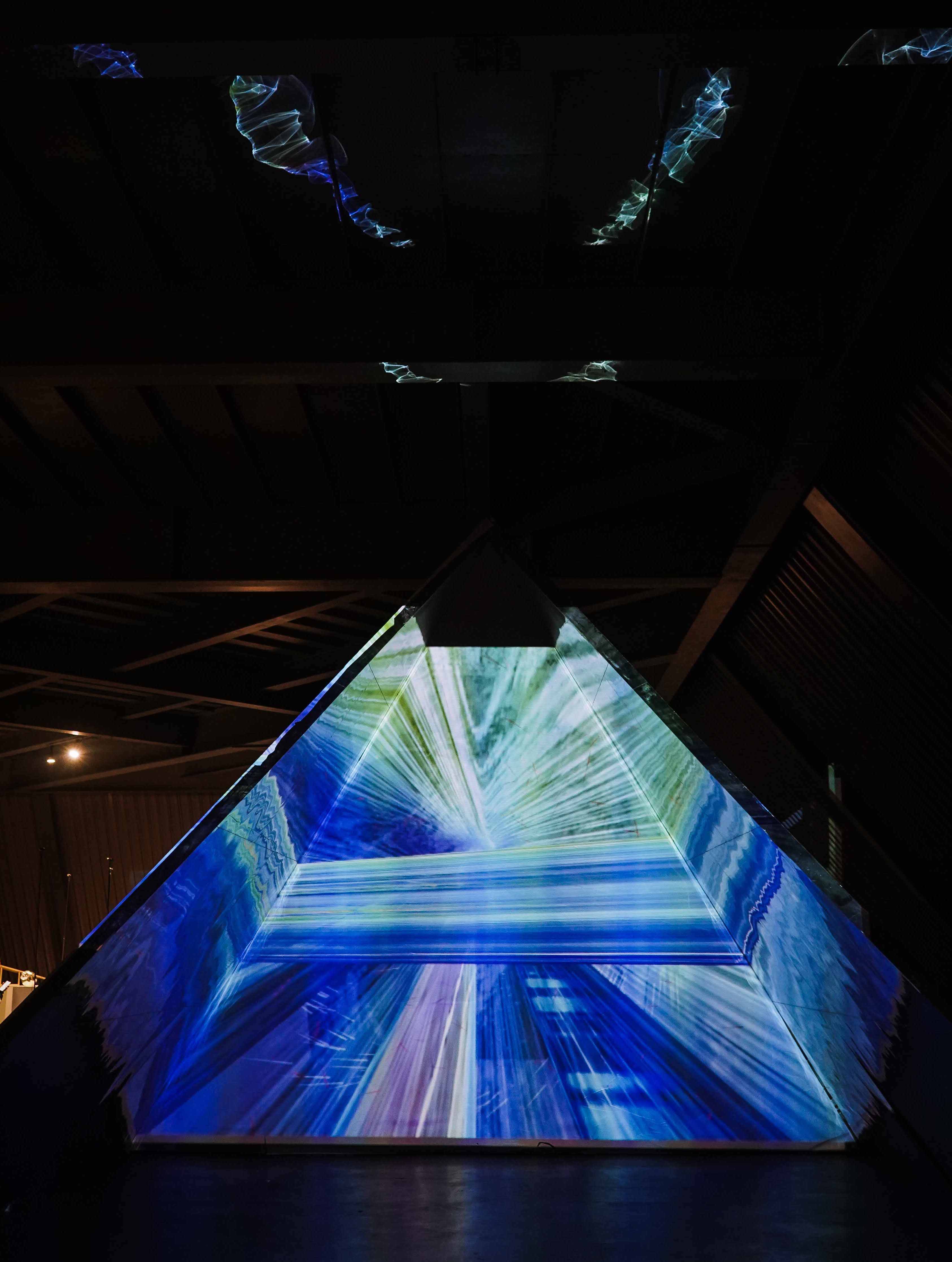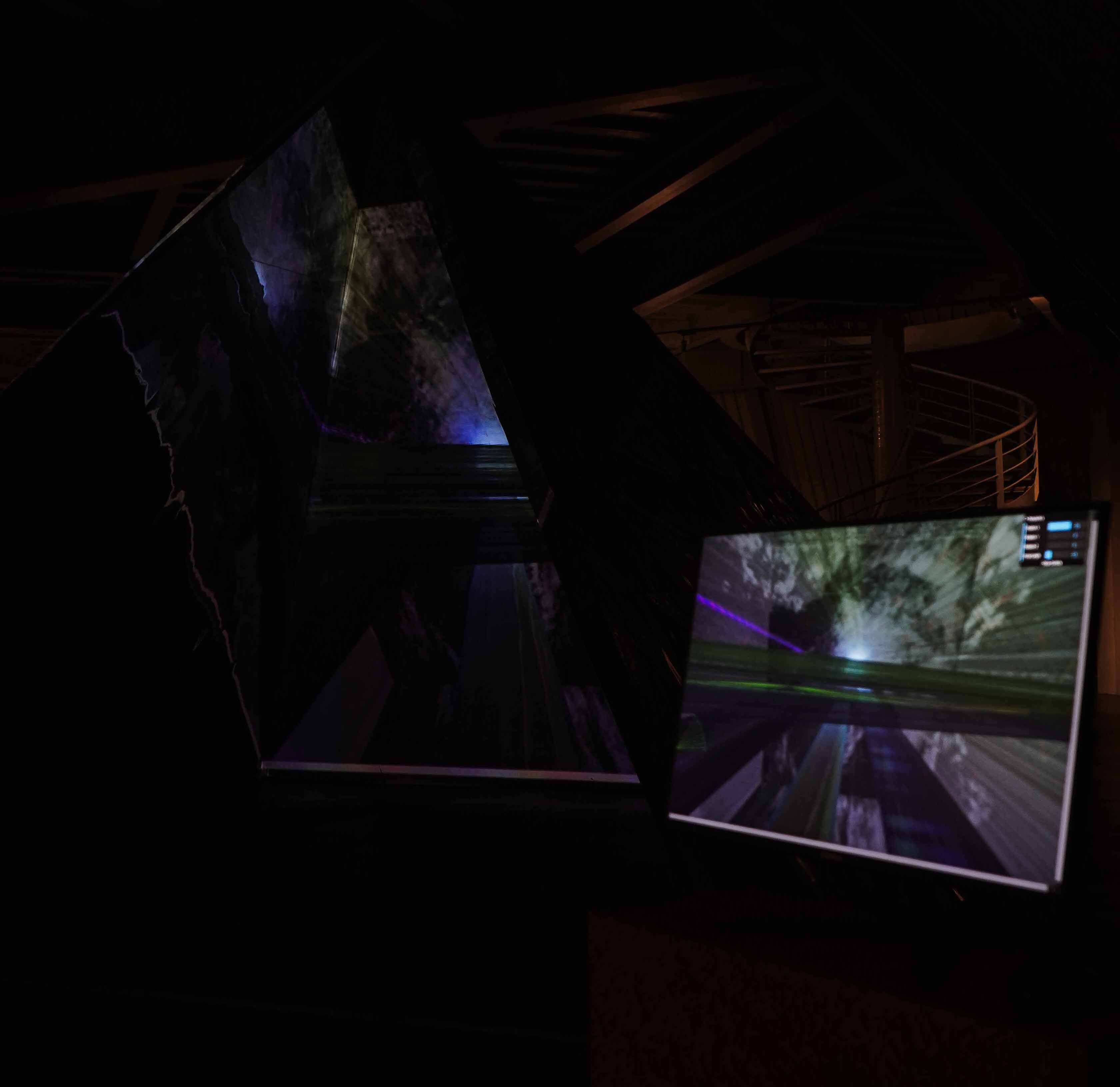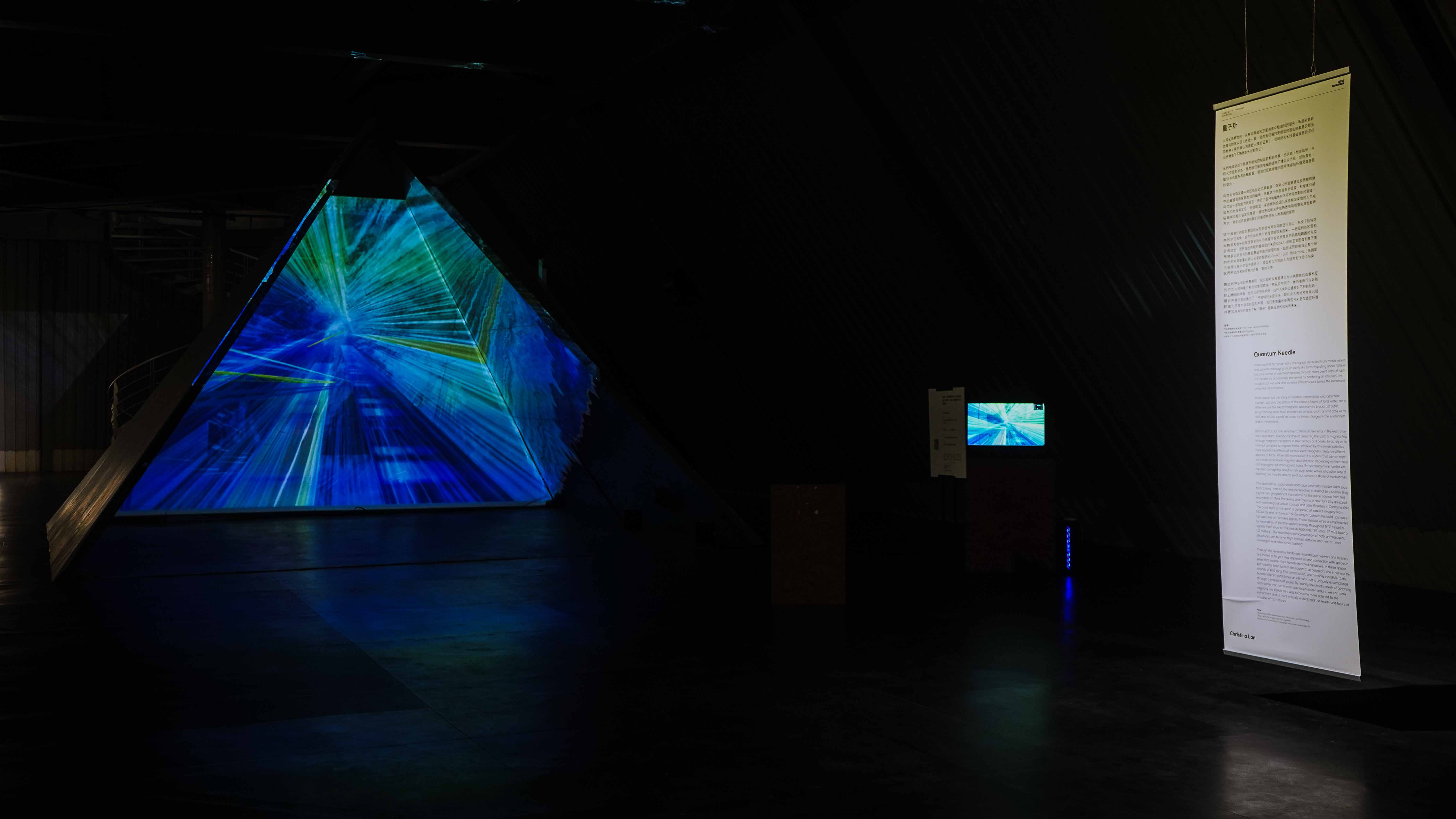


Imperceptible to human ears, the signals detected from mobile networks
and satellite messaging sound eerily like birds migrating above. While
we become aware of overhead species through more overt signs of
habitation (evidence occasionally perceived as bordering on intrusion),
the invisibility of network and wireless infrastructure belies the
existence of unfamiliar interference.
Radio waves tell the story of insistent connectivity and cybernetic
triumph, but also the status of the planet’s layers of land, water, and
sky. While we use the electromagnetic spectrum to broadcast public
programming, heat food, provide cell service, and transmit data, we are
also able to use signals as a way to sense changes in the environment
and its inhabitants.
Birds in particular are sensitive to these movements in the
electromagnetic spectrum. Already capable of detecting the Earth’s
magnetic fields through magneto-receptors in their retinas and beaks,
birds rely on this internal compass to migrate home. Intrigued by this
sense, scientists have tested the effects of various electromagnetic
fields on different species of birds. While still inconclusive, it is
evident that certain migratory birds experience magnetic disorientation
depending on the types of anthropogenic electromagnetic noise. By
becoming more familiar with the electromagnetic spectrum through radio
waves and other ways of listening, we may be able to pivot our senses to
those of nonhuman kin.
This speculative, audio-visual landscape contrasts invisible signal
sound to bird song, framing the rare perspective of distinct bird
species. Bridging the two geographical inspirations for the piece,
sounds from field recordings of Monk Parakeets and Pigeons in New York
City are paired with recordings of Lesser Coucals and Little Greebes in
Changsha, China. The base layer of the world is composed of satellite
imagery from NOAA-18 and textures of the dancing infrastructures build
upon waterfall captures of recorded signals. These invisible wires are
represented by recordings of electromagnetic energy throughout NYC as
well as signals from sources that include 850 mHZ (3G) and 147 mHZ (used
by US military). The movement and composition of both anthropogenic
structures and birds-in-flight interact with one another, at times
converging and other times clashing.
Through this generative landscape-soundscape, viewers and listeners are
invited to forge a new appreciation and connection with species in ways
that counter their human-depicted narratives. In these spaces,
participants listen to both the sounds that permeate the ether and the
sounds of bird song. This conversation, one normally inaudible to the
human listener, establishes an intimacy that is uniquely accomplished
through a narration of sound. By hearing the chaotic mesh of advancing
technology that non-human species physically endure, we can more
regularly use signals as a way to become more attuned to the environment
and to more critically understand the reality and future of invisible
infrastructures.
*Recordings of bird species taken from The Cornell Lab of Ornithology
*Select waterfall imagery used from SigidWiki
*Additional field recordings of Changsha’s environment provided by
P8